Welcome to our guide to Japan’s top 25 landmarks!
From tranquil temples to bustling markets, and from mystic mountains to jaw-dropping views, whatever speaks to you, you'll find it here.
We’ll tell you how to reach each one, the best places to take in their magnificence, and even some inspiration for souvenirs on your travels.
Let’s explore Japan’s incredible history and culture, one landmark at a time.
And as you explore these landmarks, stay connected effortlessly with an iRoamly Japan travel eSIM, perfect for sharing your experiences in real time with friends and family.
![]()
1. Kinkaku-ji
The Golden Pavilion, Kinkaku-ji, is a Zen Buddhist temple in Kyoto, its top two floors sheathed in gold leaf.
Location: Kyoto
Transport: Buses run directly from Kyoto Station
Best View Spot: Across the pond, for a stunning reflection
Need to Know: Entry charge applicable. Particularly beautiful in autumn when the leaves turn.
Souvenir: Golden Pavilion models or gold leaf ornaments
2. Mount Fuji
Japan’s highest peak, a picture-perfect volcano that artist Hokusai immortalised in print form, and an object of pilgrimage for centuries.
Location: Shizuoka and Yamanashi Prefectures
Transport: Day bus tours from Tokyo
Best View Spot: Kawaguchiko Lake if you want a classic shot
Need to Know: No climbing permit needed; climbing season early July to mid-September.
Souvenir: Fuji-themed shirts, hiking sticks
3. Hiroshima Peace Memorial Park
A memorial to the victims of the atomic bombing of Hiroshima in 1945, this park is home to the Genbaku Dome and Peace Memorial Museum.
Location: Hiroshima
Transport: Tram from Hiroshima Station to Genbaku-Domu Mae stop
Best view spot: The A-Bomb Dome from the park
Need to Know: Free entry to park; museum entrance charged. Visit in August for peace ceremonies.
Souvenir: Origami paper and crane-making kits
4. Shibuya Scramble
Shibuya Scramble Crossing in Tokyo is arguably the busiest pedestrian crossing in the world – and certainly one of the most photographed.
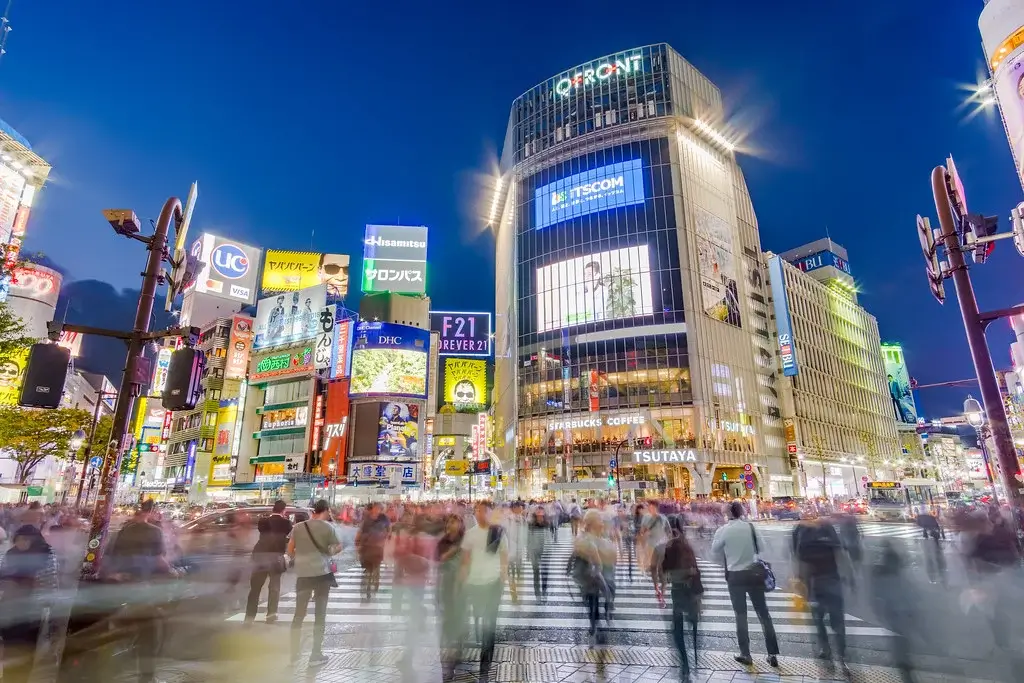
Location: Tokyo
Transport: Direct access from Shibuya Station
Best view spot: Second storey of the nearby Starbucks
Need to Know: Snarl of crisscrossing pedestrians perfect for photos, especially at night.
Souvenir: Shibuya Scramble printed canvas bags
5. Senso-ji Temple
Tokyo’s oldest temple, Senso-ji is dedicated to Kannon, the Buddhist goddess of mercy, and is famed for its Thunder Gate and Nakamise Street approach to the temple.
Location: Tokyo
Transport: A short walk from Asakusa Station
Best view spot: Looking uphill to the temple from Thunder Gate
Need to Know: Entry is free, and the temple is busiest during spring’s Sanja Matsuri.
Souvenir: Traditional Japanese fans and incense
6. Sapporo Snow Festival
The Sapporo-hosted Snow Festival is an annual celebration of all things cold and frozen, with artists creating massive sculptures and tourist packages catering to visitors from around the world.
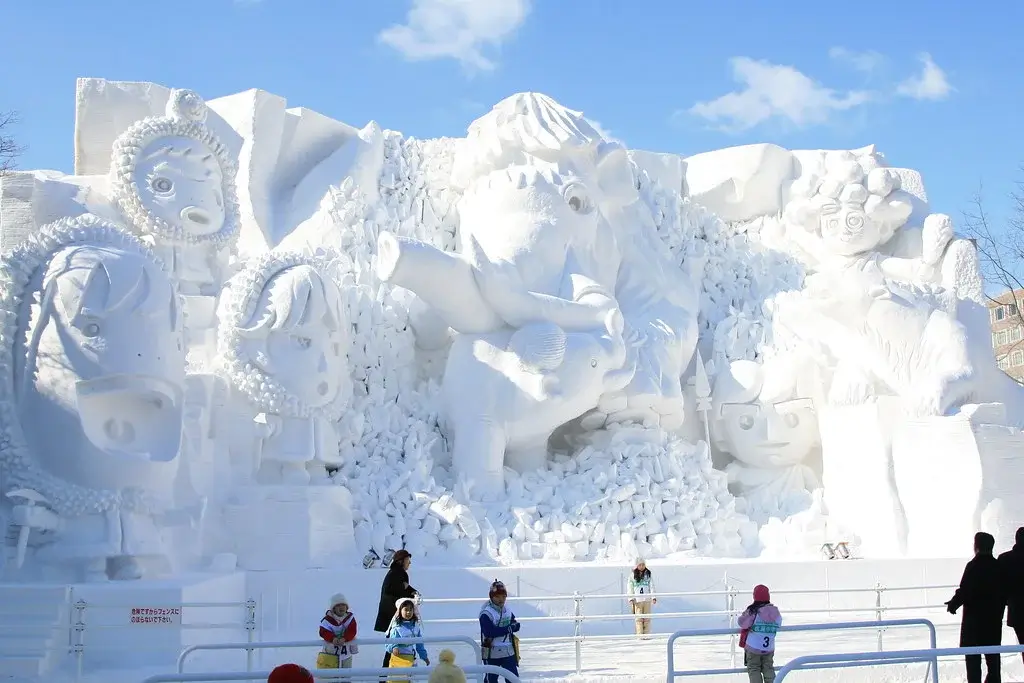
Location: Sapporo, Hokkaido
Transport: Subway from Sapporo Station to Odori Station
Best View Spot: Odori Park, where the festival takes place
Need to Know: Takes place in February; free entry but very cold.
Souvenir: Snow Festival merchandise, plus perhaps some Sapporo beer
7. Kenrokuen Garden
One of Japan's "Three Great Gardens," Kenrokuen is in Kanazawa and is famed for its calm and seasonal splendour, especially when the cherry blossoms bloom or autumn leaves fall.
Location: Kanazawa
Transport: Bus from Kanazawa Station
Best View Spot: Rooftop viewing platform of the oldest fountain in Japan
Need to Know: Small entrance fee; garden looks best in cherry blossom season or autumn foliage.
Souvenir: Locally-made tea and traditional sweets
8. Himeji Castle
Himeji Castle, dubbed the White Heron Castle due to its pale exterior, is a centuries-old feudal castle and one of Japan's "originals", never destroyed or reconstructed.
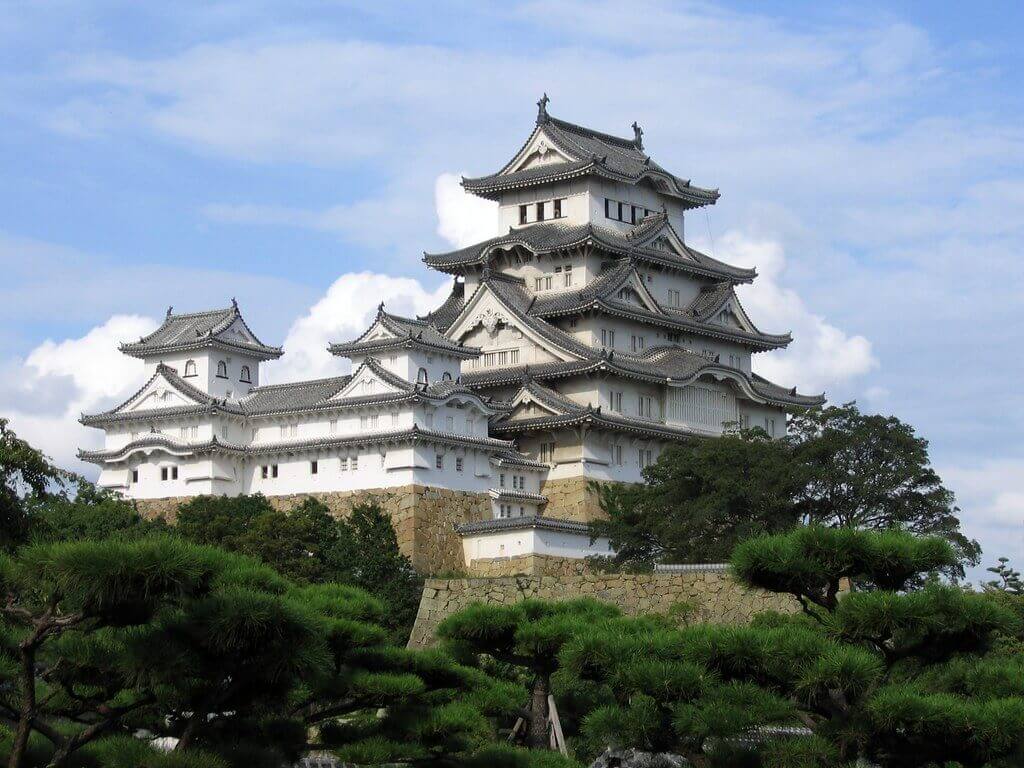
Location: Himeji
Transport: Short walk from Himeji Station
Best View Spot: The top-most floor, providing a city view
Need to Know: Entrance fee; try to avoid public holidays.
Souvenir: Castle replicas, mini or otherwise, and Japanese fans
9. Osaka Castle
Osaka Castle is surrounded by its own moats and parks, a potent symbol of power that has persevered centuries. Its grounds feature historical and local museums.
Location: Osaka
Transport: Walk from Osakajokoen Station
Best View Spot: Nishinomaru Garden is good for cherry blossoms
Need to Know: Museum entrance fee, but the park is free.
Souvenir: Illustrated postcards, toy samurai helmets
10. Itsukushima Shrine
Commonly photographed for its "floating" torii gate, Itsukushima Shrine on Miyajima Island's raised platforms are a silent vision of beauty that appears to stand in the ocean itself at high tide.
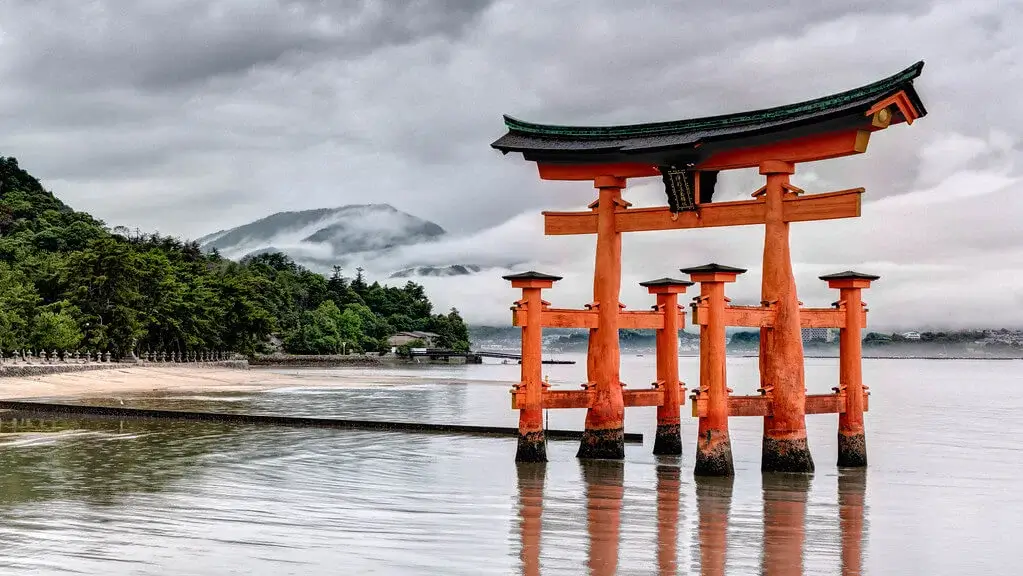
Location: Hiroshima Prefecture
Transport: Ferry from Miyajimaguchi
Best View Spot: From a boat at high tide
Need to Know: Shrine entrance fee; plan to visit at sunset.
Souvenir: Mini-torii, rice scoops from Miyajima
11. Naoshima
Naoshima is an island of modern art, with museums, installations, and sculptures spread throughout the area. Most of them are artfully placed in the great outdoors, creating a peaceful and unique setting.
Location: Kagawa Prefecture
Transport: Ferry from Uno or Takamatsu
Best View Spot: Benesse House, for art nestled in nature
Need to Know: Multiple museums on the island, each requiring separate entry fees; plan for a day trip.
Souvenir: Art books or postcards of the island's landmarks
12. Nijo Castle
A castle built by the Tokugawa shoguns, the Kyoto castle is famed for its lavish palaces, beautiful grounds, and the historic importance of Ninomaru Palace.
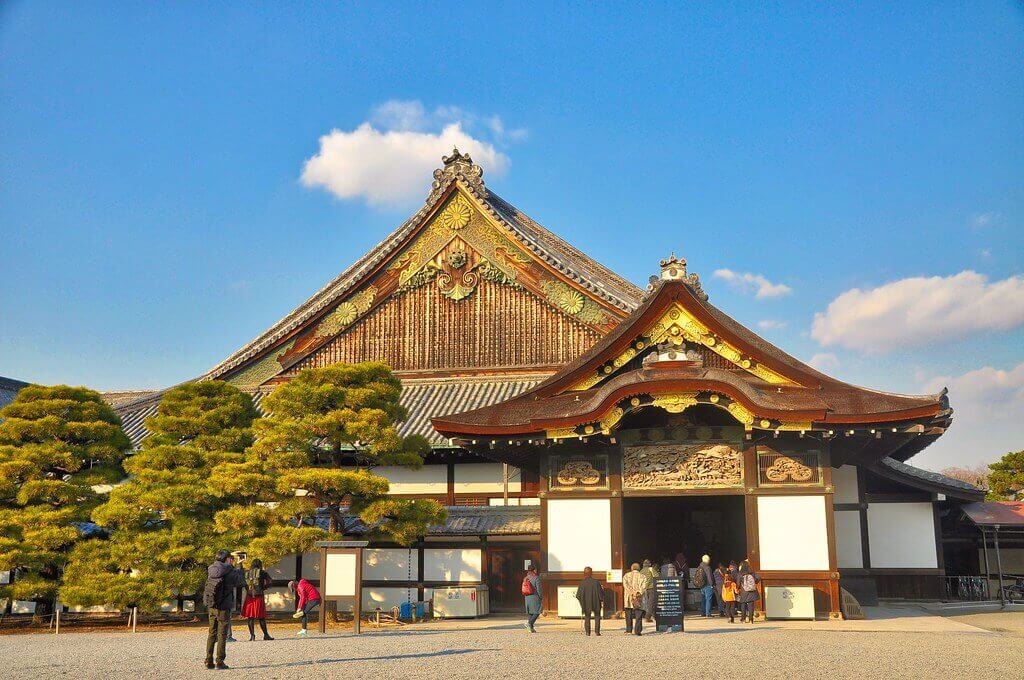
Location: Kyoto
Transport: Short walk from Nijojo-mae Station
Best View Spot: The gardens surrounding Ninomaru Palace
Need to Know: Entry fee required; night visits during cherry blossom season are unforgettable.
Souvenir: Nijo Castle-themed items, such as crafts or matcha sweets
13. Tokyo Skytree
One of the world's tallest structures, Tokyo Skytree offers unparalleled views of the metropolis, and even to neighboring prefectures, from its observation decks. All this is housed in a structure that blends hypermodern engineering with traditional aesthetics.
Location: Tokyo
Transport: Direct entrance from Oshiage Station
Best View Spot: Tembo Deck, for 360 views
Need to Know: Tickets for the observation decks are needed; book ahead online to avoid long queues.
Souvenir: Skytree-exclusive merchandise, such as puzzles or bento boxes
14. Ise Grand Shrine
Regarded as Japan's most important Shinto shrine, the Ise Grand Shrine is dedicated to the sun goddess Amaterasu. Its architectural style is one of a kind, and it's wholly rebuilt every two decades in a ceremony of sanctification.
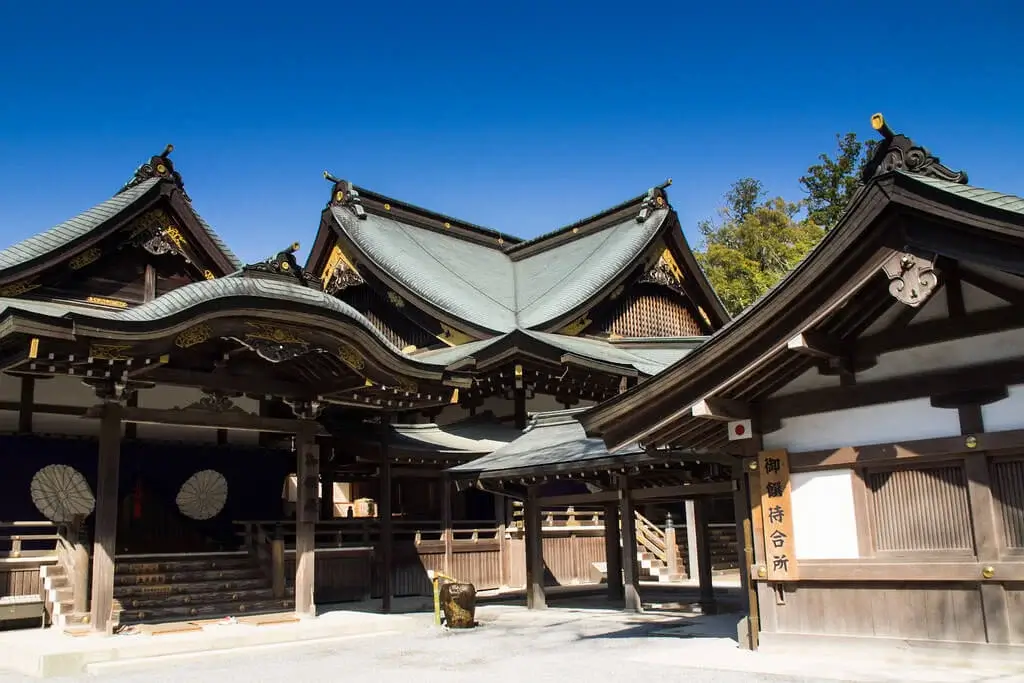
Location: Mie Prefecture
Transport: Bus from Ise-shi Station
Best View Spot: The approach from Uji Bridge
Need to Know: There is no entrance charge; respectful behavior is a must. The shrine's biannual rebuild is a practice for Shinto worship.
Souvenir: Charms, or locally made Ise cotton goods
15. Odaiba
Odaiba is a shopping and entertainment complex on Tokyo Bay's artificially built island, with futuristic buildings hosting immense shopping centers, and entertainment options including an onsen, beach, and more.
Location: Tokyo
Transport: Yurikamome Line or Rinkai Line to Daiba Station
Best View Spot: The beach, for Rainbow Bridge and Tokyo's skyline
Need to Know: Many venues will require separate entry fees; it's quite lively come the evening.
Souvenir: Quirky electronics or fashionable sweets
16. Ghibli Museum
Immerse yourself in the enchanting world of Studio Ghibli at this Mitaka museum, exploring the art and animation of Hayao Miyazaki and his collaborators.
Location: Mitaka, Tokyo
Transport: Bus from Mitaka Station
Best View Spot: The rooftop garden, home to a life-size robot soldier
Need to Know: Booking in advance is essential; no photography allowed inside to protect the magic.
Souvenir: Exclusive Studio Ghibli goods
17. Nagasaki Atomic Bomb Museum
Nagasaki’s museum and nearby Peace Park memorialize the 1945 atomic bombing and are dedicated to promoting peace.
Location: Nagasaki
Transport: Tram to Hamaguchi-machi Station
Best View Spot: Memorials in the Peace Park
Need to Know: Entry fee; solemn and contemplative.
Souvenir: Peace-related items
18. Nikko National Park
Nikko is a national park offering magnificent landscapes of mountains, lakes, falls, and hot springs, paired with the cultural history of its shrines and temples.
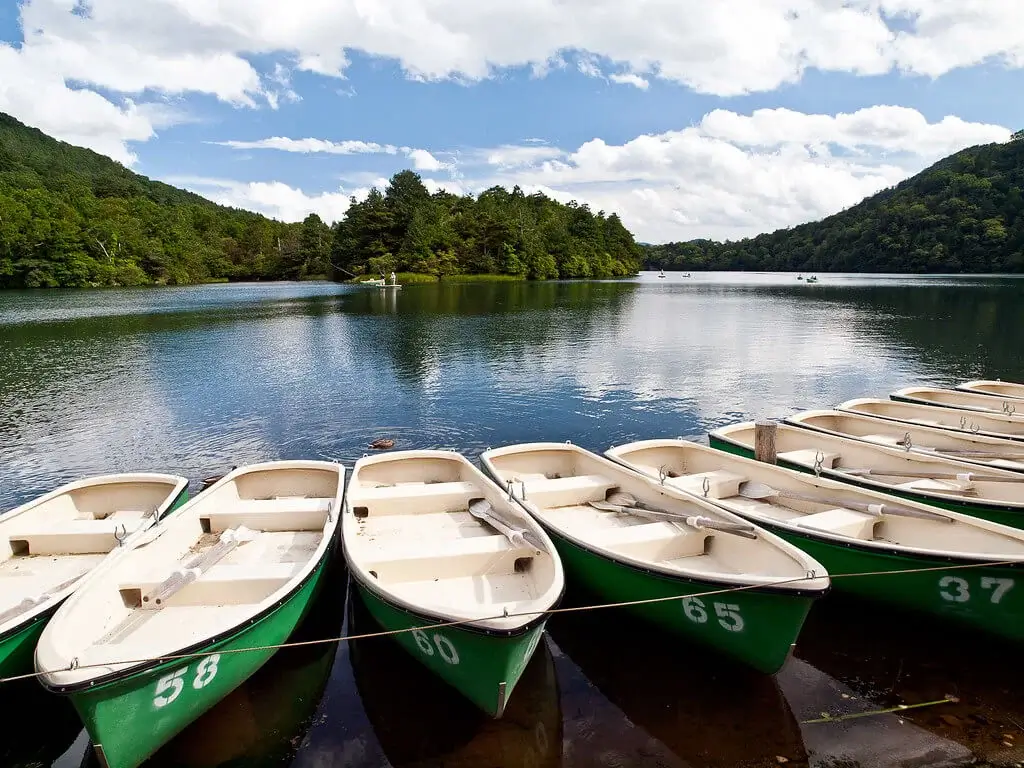
Location: Tochigi Prefecture
Transport: Train from Tokyo, then local buses
Best View Spot: Kegon Falls for a spectacular sight
Need to Know: Some sites charge small fees; the area is very beautiful in autumn.
Souvenir: Nikko woodcrafts
19. Okinawa
The distinct culture, semi-tropical weather, and chain of beautiful islands ideal for snorkeling, diving, and beach relaxation are highlights of Okinawa.
Location: Okinawa Prefecture
Transport: Flights or ferries from mainland Japan
Best View Spot: The panoramic views from Shurijo Castle
Need to Know: Many beaches charge entry fees; snorkeling and marine life are key draws.
Souvenir: Coral jewelry from Okinawa
20. Ryoanji Temple
Known for its zen rock garden, the temple in Kyoto is a meditation space, encouraging visitors to contemplate the principles of Zen Buddhism through simple design.
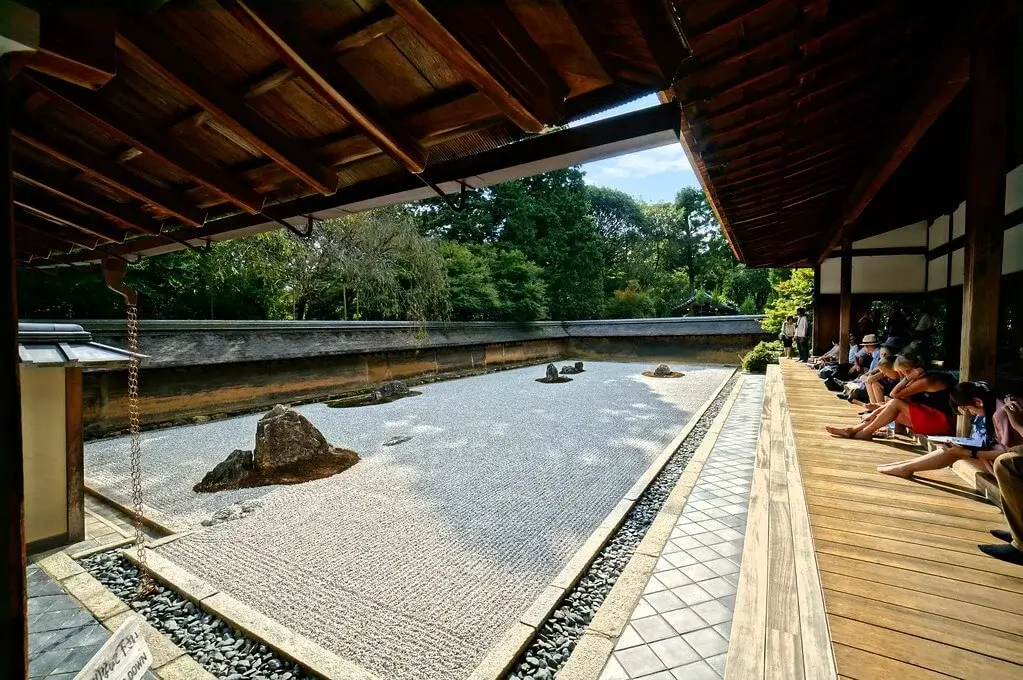
Location: Kyoto
Transport: Bus from Kyoto Station
Best View Spot: The rock garden; sit and reflect
Need to Know: Entry fee; the temple is typically a hushed environment.
Souvenir: Mini Zen garden kit
21. Todaiji Temple
The world's largest bronze statue of the Buddha takes up residence in Nara's Todaiji, a historically and spiritually significant building that is also one of the largest wooden structures in the world.
Location: Nara
Transport: Walk from Kintetsu Nara Station
Best View Spot: In the Great Buddha Hall
Need to Know: Entrance fee to the temple. The temple grounds are busy in March when the Omizutori festival takes place.
Souvenir: Wooden Buddhist amulets
22. Tokyo Tower
An obvious riff on the Eiffel Tower is Tokyo's red and white lattice icon, a television broadcasting tower and a tourist point of interest with observation decks offering views of the city.
Location: Tokyo
Transport: Short walk from Akabanebashi Station
Best View Spot: Main observatory for a full city view
Need to Know: Entrance fee for the tower. Visit at night though for a sparkling view of the city lit up.
Souvenir: Miniature Tokyo Towers
23. Fushimi Inari Shrine
Kyoto's Fushimi Inari Shrine is home to thousands of vermilion torii gates that make their way up the sacred Mount Inari and into the wooded forest.
Location: Kyoto
Transport: Short walk from Fushimi-Inari Station
Best View Spot: Along the mountain trail, halfway up, to experience fewer crowds
Need to Know: Entry is free; the gates are, unsurprisingly, beautiful in the early morning and evening.
Souvenir: Miniature torii gates
24. Kanazawa Castle
Kanazawa Castle's sprawling restored grounds and unique, white clay-walled buildings provide a haunting echo of Japan's feudal period.
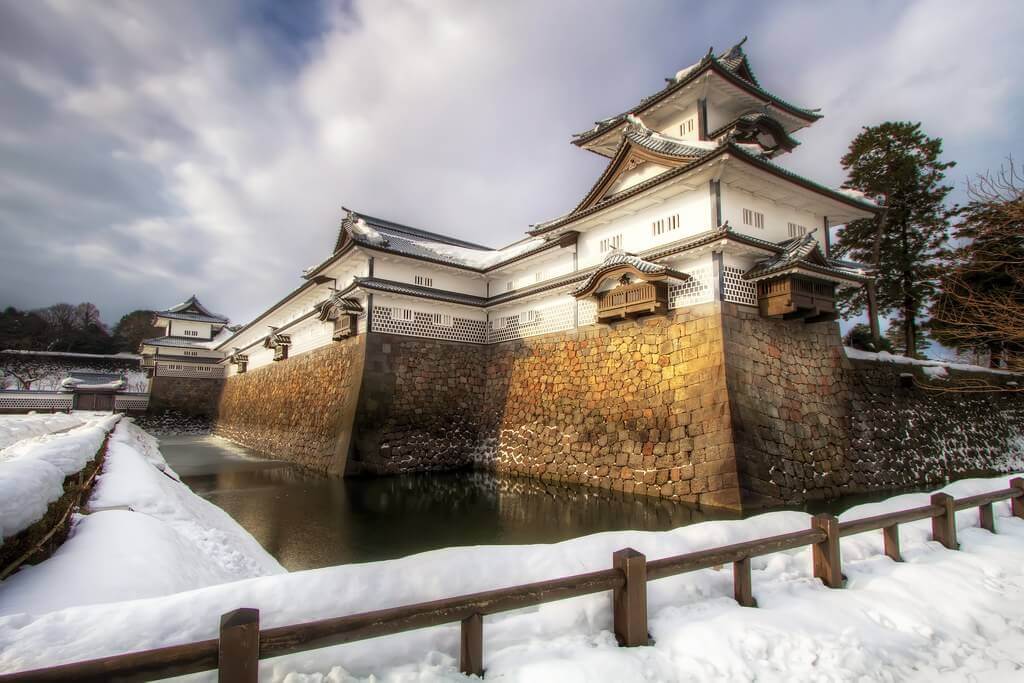
Location: Kanazawa
Transport: Bus from Kanazawa Station
Best View Spot: Gyokusen’inmaru Garden during cherry blossom season
Need to Know: The gardens have no entry fee, but some buildings on the site do. Equally, the castle is especially photogenic in cherry blossom season.
Souvenir: Kanazawa gold leaf products
25. Tsukiji Outer Market
A lively environment in Tokyo where visitors can immerse themselves in the many stalls of fresh seafood and produce, along with a range of Japanese food – a food lover’s dream.
Location: Tokyo
Transport: Short walk from Tsukiji Station
Best View Spot: The market alleys – the brightly displayed food
Need to Know: Free entry, market is at its noisiest in the morning. Enjoy authentic Japanese sushi at a Japanese food stall.
Souvenir: Japanese knives or wasabi products.
Conclusions
Whether in the calm of Kenrokuen Garden or the burble of Shibuya, Japan presents a huge variety of experiences.
These landmarks each tell their own tale, offering historic knowledge, cultural experience, and natural beauty to your travels. And don’t forget to take a piece of each location’s spirit back to your own home, with unique souvenirs from around Japan.
Happy travelling!
